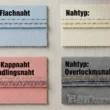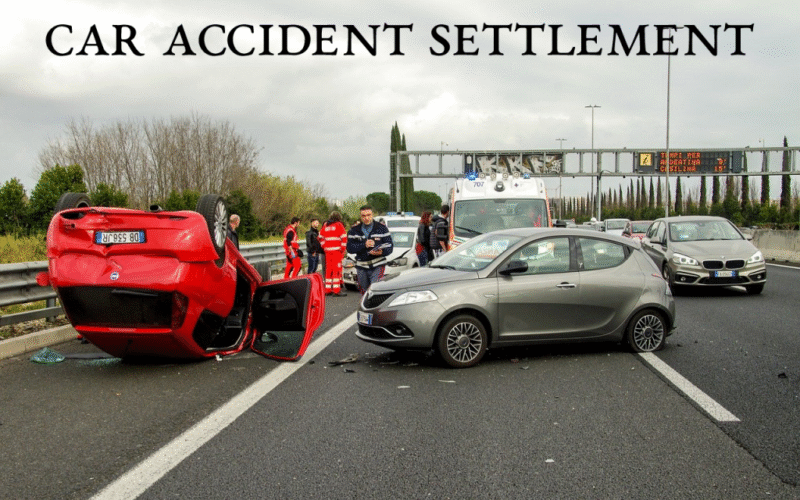Anyone who’s had to go through a car accident settlement process will tell you that it is not as clean or simple as people assume.
A car crash settlement process might sound like a simple back-and-forth negotiation, but in reality, it’s a layered process that unfolds step by step, and it can take time.
There’s no magic form you fill out that immediately leads to a check in the mail. It’s a layered, step-by-step process, and understanding what actually happens behind the scenes can help you move through it smarter and with less stress.
Step 1: Filing the Car Accident Claim
Before any negotiations or payouts can happen, the claim itself has to be filed. If you haven’t already reported the accident to the insurance company of the at-fault driver, your personal injury attorney will take care of that first.
Step 2: Investigating the Case
Once your claim is in, the insurance company opens an investigation.
This breaks down into liability and damages.
For liability, the adjuster is looking at evidence like photos, dash cam or surveillance videos, eyewitness statements, and any police report that was filed. They’re trying to pin down who caused the crash, and if both drivers share some of the blame, they’ll calculate what percent each party is responsible for.
Then they turn to damages. This part includes both what was physically broken and what was medically damaged. Property damage claims usually move faster. Once the fault is clear, you might get compensation for your car and even personal items like a cracked phone or a ruined car seat.
Medical damages are a little more complex. These include your hospital bills, therapy costs, missed wages, and even things that don’t come with a price tag (such as pain, emotional stress, or losing the ability to enjoy your usual routines). These non-economic
Step 3: Sending a Settlement Demand
Once your treatment is mostly done, your lawyer will put everything together into what’s called a demand letter. This is the official pitch for your settlement. It includes:
This letter sets the tone for the negotiation phase that follows, and it gives the insurer all the facts they need to decide what to do next.
Step 4: Back-and-Forth Settlement Negotiations
Once that demand letter lands on the desk of the insurance adjuster, one of a few things might happen.
They could accept the offer outright, though that’s pretty rare. More often, they come back with a lower counteroffer. Sometimes they don’t respond at all, and your attorney will have to follow up. And yes, there’s also the possibility that they straight-up deny the claim.
But here’s where the experience of your attorney really matters. This is the stage where negotiations go back and forth. And while it might be tempting to accept the first offer and get it over with, that’s usually not the smartest move.
Insurance companies are businesses. Their job is to pay out as little as possible. Your attorney’s job is to push for more, often using expert opinions or even the threat of legal action to move the needle in your favor. It’s one of the biggest ways car accident lawyers help you get more money from a car crash settlement.
Step 5: Settlement vs. Going to Trial
If both sides agree on a number during negotiations, congratulations, you have settled the case. Everyone signs an agreement that says the issue is closed and no further legal action will be taken. This is the end goal for most cases.
But if no agreement can be reached, then it may move to trial. Trials are time-consuming, unpredictable, and expensive. Juries might award more money, or they might not. Both insurance companies and injury attorneys usually want to avoid a trial unless it’s absolutely necessary.
When You Finally Get Paid
Once a settlement is agreed upon, you should receive a check within a few weeks. If you have a lawyer, they’ll deduct their fee (usually a percentage of the total), pay off any outstanding medical bills related to the case, and then give you what’s left.
The payout might come all at once or in installments, depending on what was negotiated. Either way, this is the point where the process ends, and you finally get the financial recovery you’ve been waiting for.




